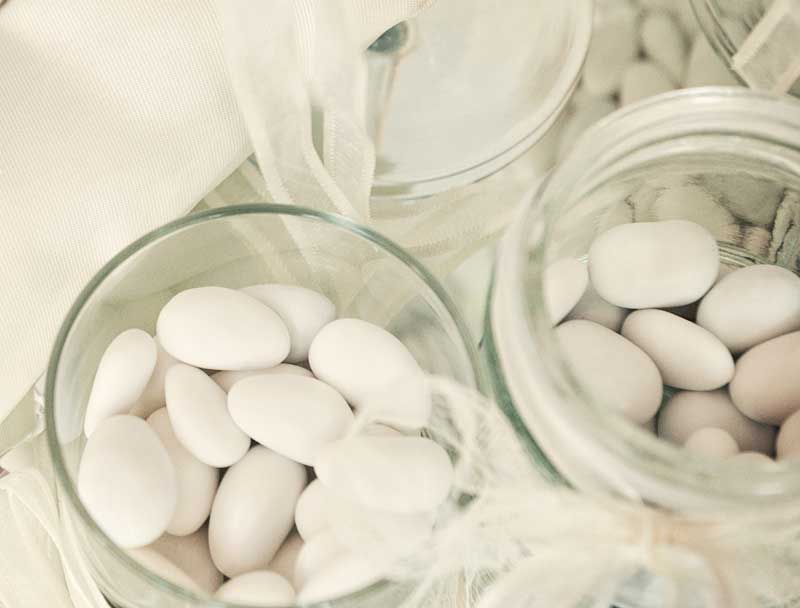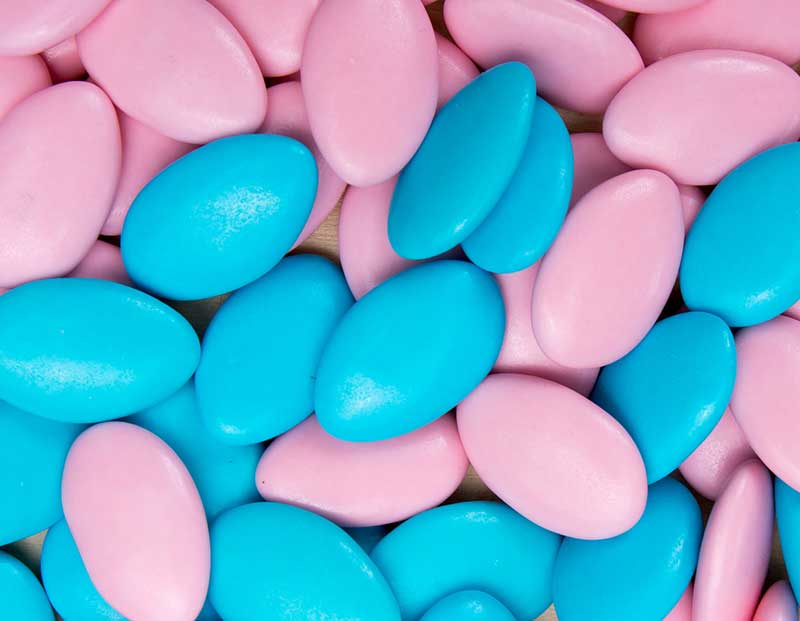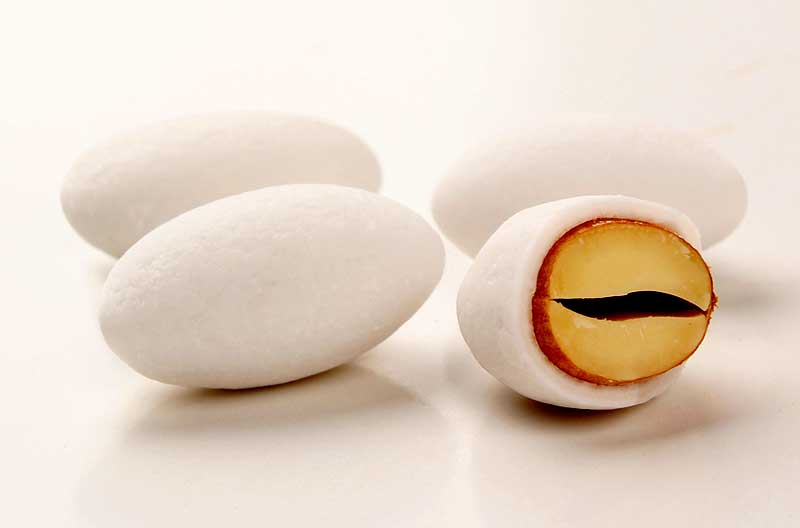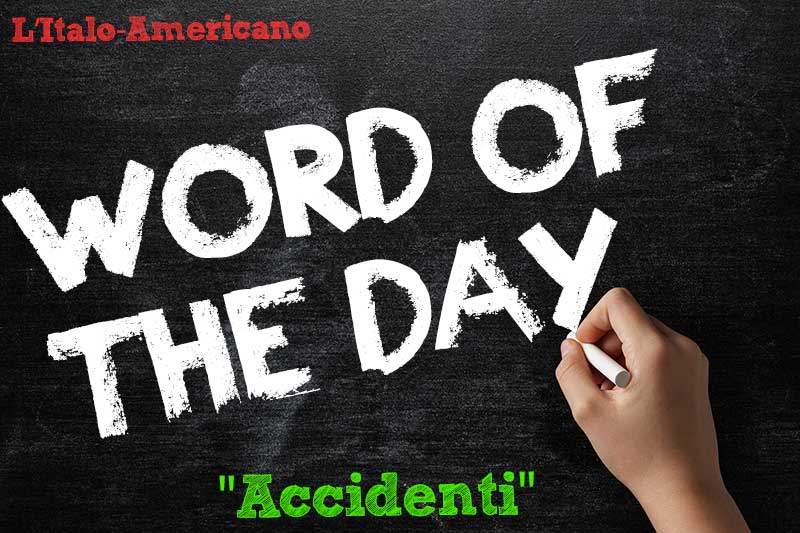Confetti, what a delicious word. The Italian confetti, that is.

Confetto comes from the Latin for preparing (conficere) especially when talking about food. What’s delicious about a Latin word, you may ask? Of course, a confetto in today’s Italy is not something “prepared,” but a delicacy made of sugar and almonds with a very ancient history indeed, if you the first confetti as we know them today were produced in the 15th century in Sulmona.

In Italy, confetti are always associated with joyous moments and celebrations: they are the typical candy we use for christening and wedding favors, and they are also used commonly to celebrate first holy Communions. Traditionally, they come in three colors: blue for boys’ christening, pink for girls’ and white for holy Communions and, of course, weddings. As said, they usually consist of an almond centre and a crunchy sugar shell, but dark chocolate is also used to make their heart sweeter. There have been times chocolate confetti also came in the shape of a heart.

In recent years, confetti had a 21st century revamping: you can find them in all colors and with white chocolate-based fillings, flavored in a myriad of ways. The old fashioned almond confetti, though, remain a timeless classic.

The word confetti appears in a number of curious, yet common Italian expressions, where they usually stand as a synonym for “wedding.”

Allora, a quando i confetti?
And so, when are you getting married?
Presto mangeremo confetti!
We’ll soon celebrate a wedding!

Interestingly, considering it indicates such a small and delicate thing, the word confetto is also used as a figurative, and openly funny, synonym for “stone” and “bullet” and it sometimes indicates large hailstones.
Che grandinata! Scendevano certi confetti!
What a hailstorm, have you seen the size of those hailstones?



























